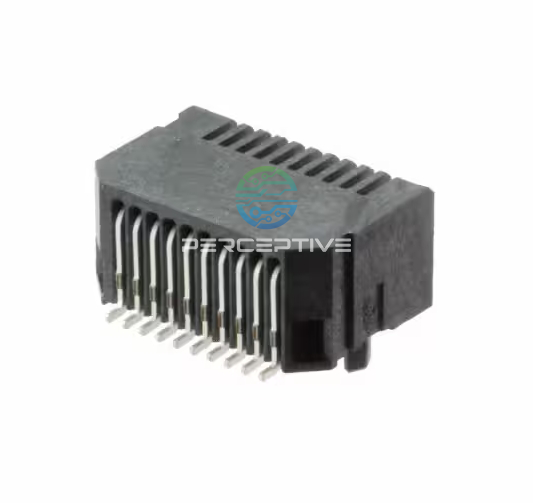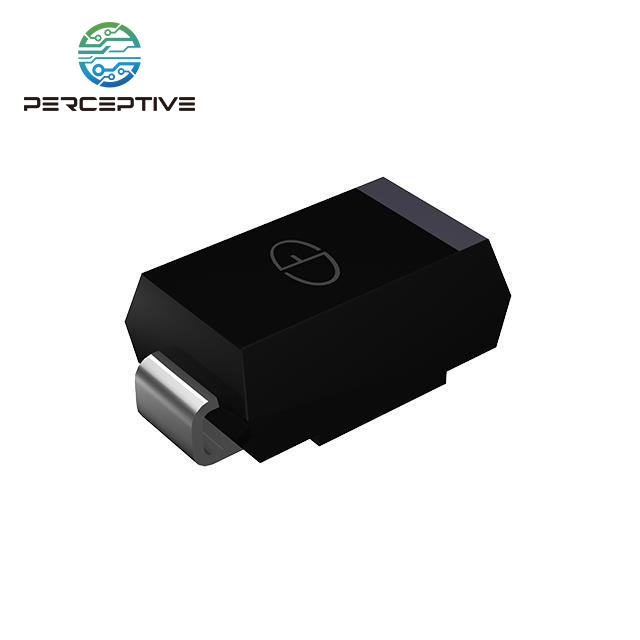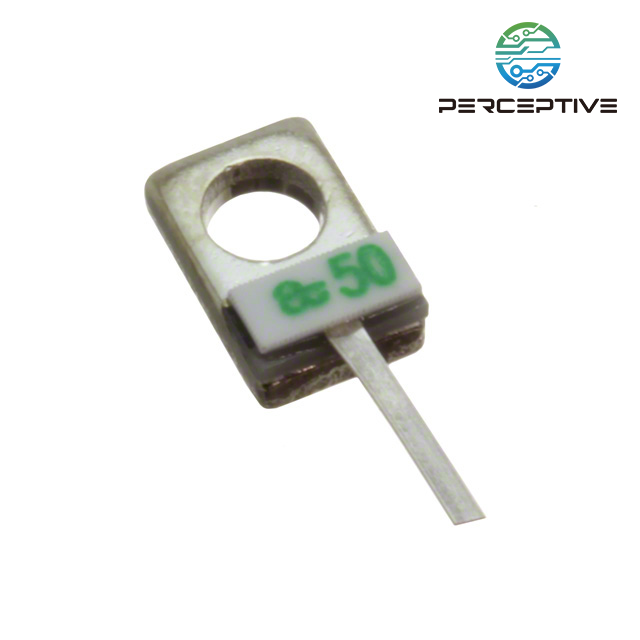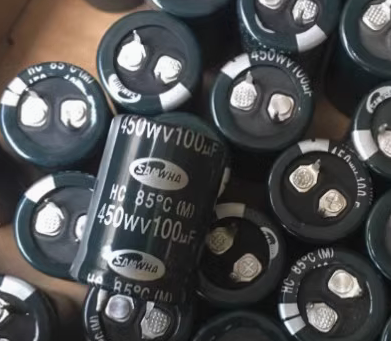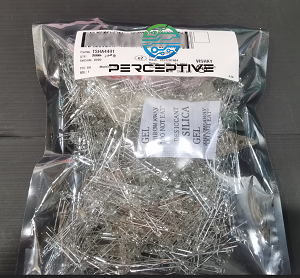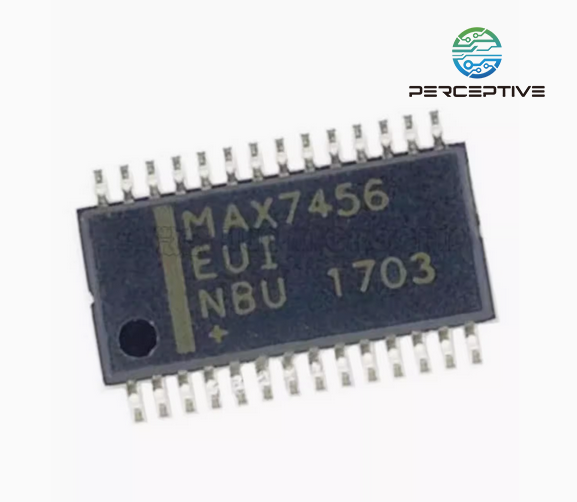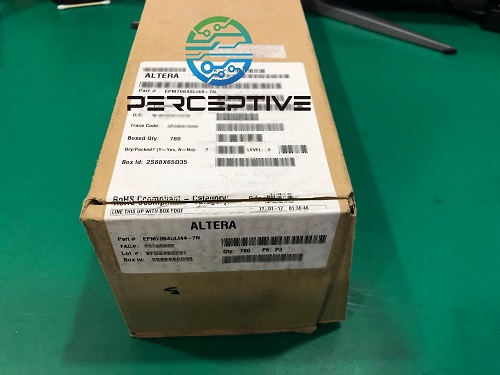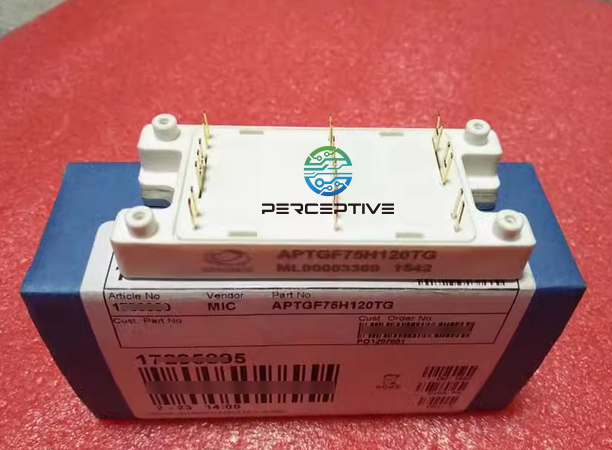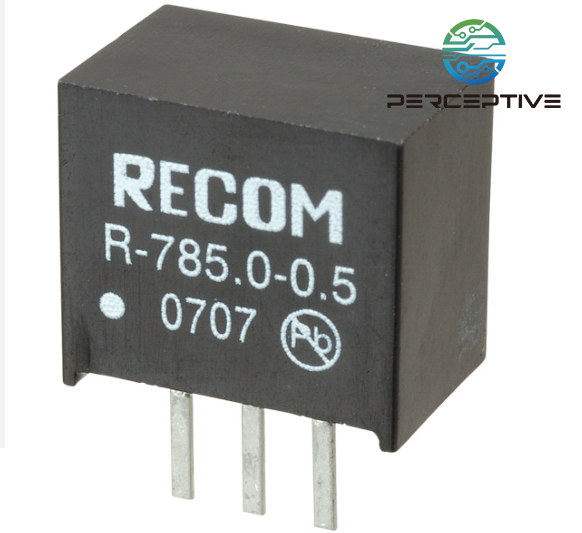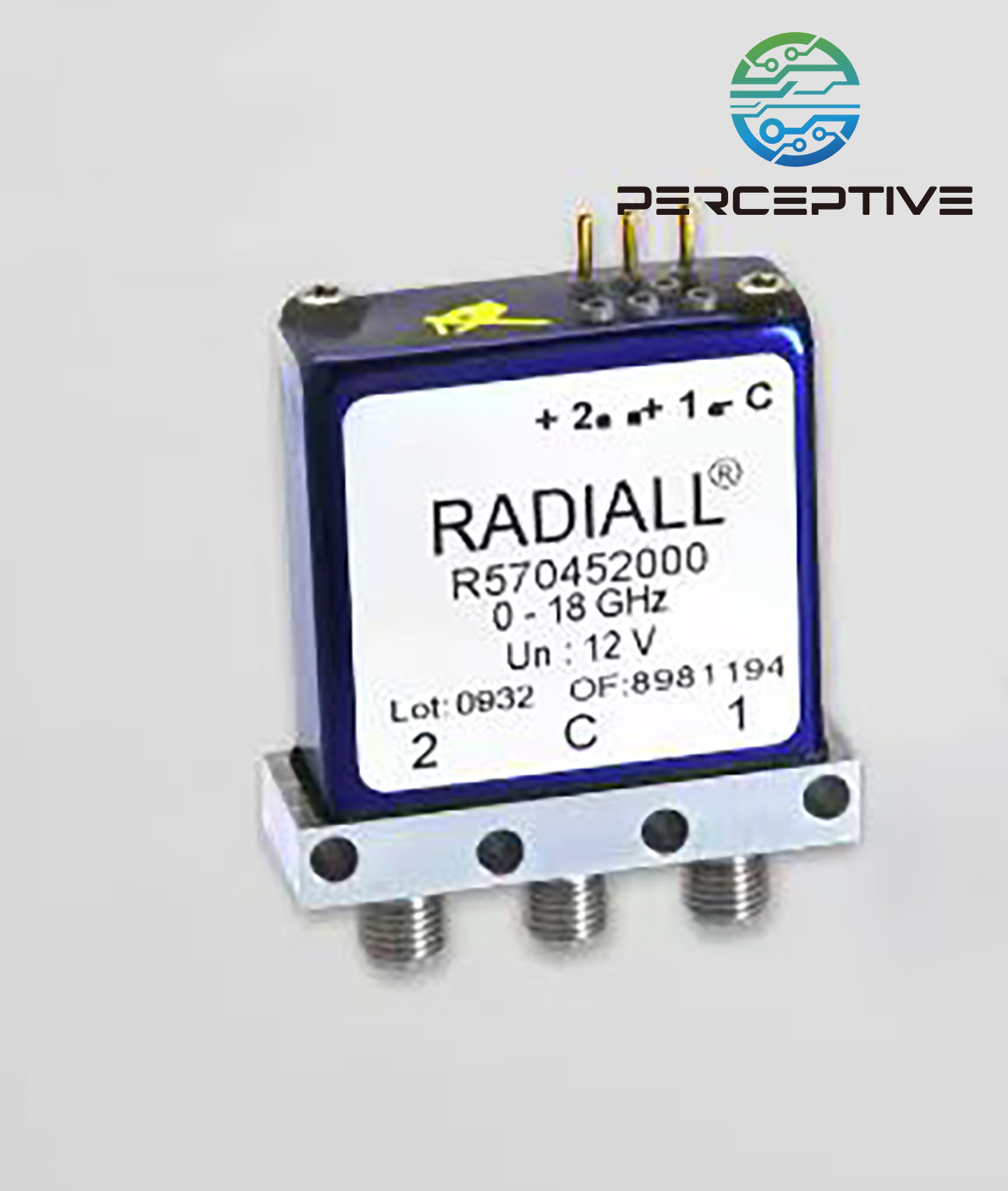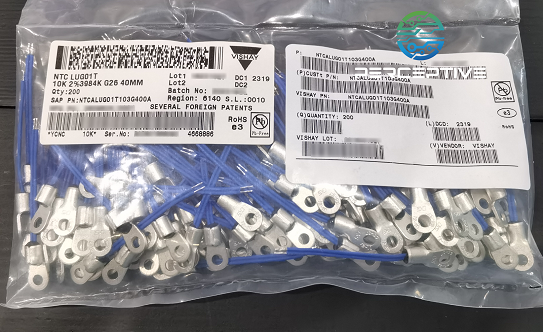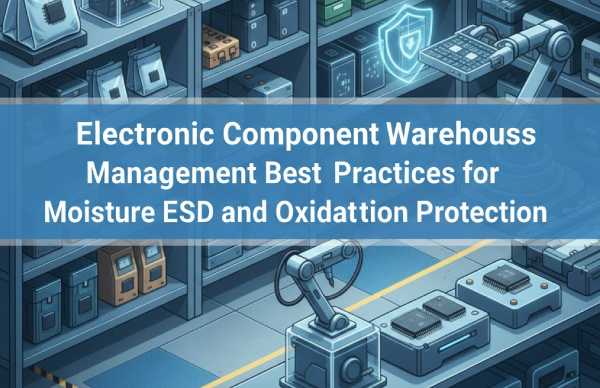In today's global electronics market, supply chain transparency is no longer optional—it is a business-critical safeguard. The sharp rise in counterfeit and nonconforming components makes it essential for companies to prove where their parts originated, how they were handled, and whether they can be trusted in production. According to industry reports, the number of suspect parts identified in 2024 increased by 25% year over year, marking the highest level in nearly a decade. This trend highlights the urgent need for procurement teams to strengthen channel traceability as a frontline defense.
Defining Traceability Beyond Paperwork
Traceability should be viewed as a chain-of-custody, not just a stack of certificates. A robust process answers the fundamental questions for each component: who manufactured it, who handled it, what was done to it, where it went, and when. Standards like IPC-1782A provide risk-based guidelines for the type and amount of data organizations should collect—ranging from lot-level to unit-level information depending on the product's application.
Source Control: Start with Authorized Channels
The most effective way to protect traceability is to source directly from original component manufacturers (OCMs) or franchised distributors. When open-market sourcing cannot be avoided, buyers should insist that independent distributors comply with SAE AS6081, which outlines requirements such as supplier vetting, inspection protocols, and counterfeit avoidance processes. Embedding these expectations into purchase orders and supplier agreements ensures a higher baseline of reliability.
Aligning with AS5553 for Internal Control
For OEMs, EMS providers, and other high-reliability industries, SAE AS5553 establishes a framework for counterfeit risk management. It calls for clearly defined responsibilities covering avoidance, detection, mitigation, and reporting. By aligning procurement processes with AS5553—and requiring suppliers to do the same—organizations create consistent traceability practices across all levels of the supply chain.
Treating Testing as a Traceability Event
Testing is often treated as an afterthought, but it should form part of the traceability record. Following the SAE AS6171 standard ensures that electrical, physical, and material tests are performed in a consistent and auditable manner. Each test result, photo, and report must be tied directly to the lot or date code of the components under evaluation, maintaining the integrity of the chain-of-custody.
Digitalization: Automating Data Capture
Manual spreadsheets cannot keep up with today's supply chain complexity. Companies should adopt 2D barcodes and serialization to capture traceability data at every handoff—from receiving and inspection to testing, kitting, and shipping. Integrating this information into ERP or MES systems reduces errors and ensures data cannot be altered retroactively.
Leveraging Industry Databases and Alerts
Traceability is not just internal—it benefits from industry-wide cooperation. Platforms like GIDEP and ERAI provide alerts on counterfeit and suspect parts. Integrating these resources into procurement workflows enables faster quarantine of problematic inventory and better prevention of repeat incidents.
Auditing Channels and Measuring Performance
Certificates of Conformance (CoCs) alone do not guarantee authenticity. High-risk suppliers should be audited against standards like AS6081 and AS5553, with results tied to ongoing performance reviews. At the same time, procurement leaders should track meaningful KPIs such as:
Percentage of spend with full chain-of-custody
Time taken to isolate parts after an alert
Authorized-channel sourcing ratio
Test coverage against risk-based plans
A Practical Roadmap
To strengthen traceability this quarter, organizations can:
Publish a concise policy based on AS5553/AS6081/IPC-1782A.
Require event scanning for every transaction, blocking manual edits.
Specify testing and documentation requirements in purchase orders.
Segment suppliers by risk and schedule audits accordingly.
Qualify at least one laboratory competent in AS6171 testing.
Subscribe to industry alert systems and embed checks into routine inspections.
Conclusion
Procurement channel traceability is more than a compliance exercise—it is an operational discipline that safeguards production, customers, and brand reputation. By prioritizing authorized sourcing, aligning processes with industry standards, and embedding digital traceability into every handoff, electronics companies can significantly reduce counterfeit risk and respond faster to supply chain disruptions. In an era of increasing global complexity, robust traceability is not just an advantage—it is a necessity.

